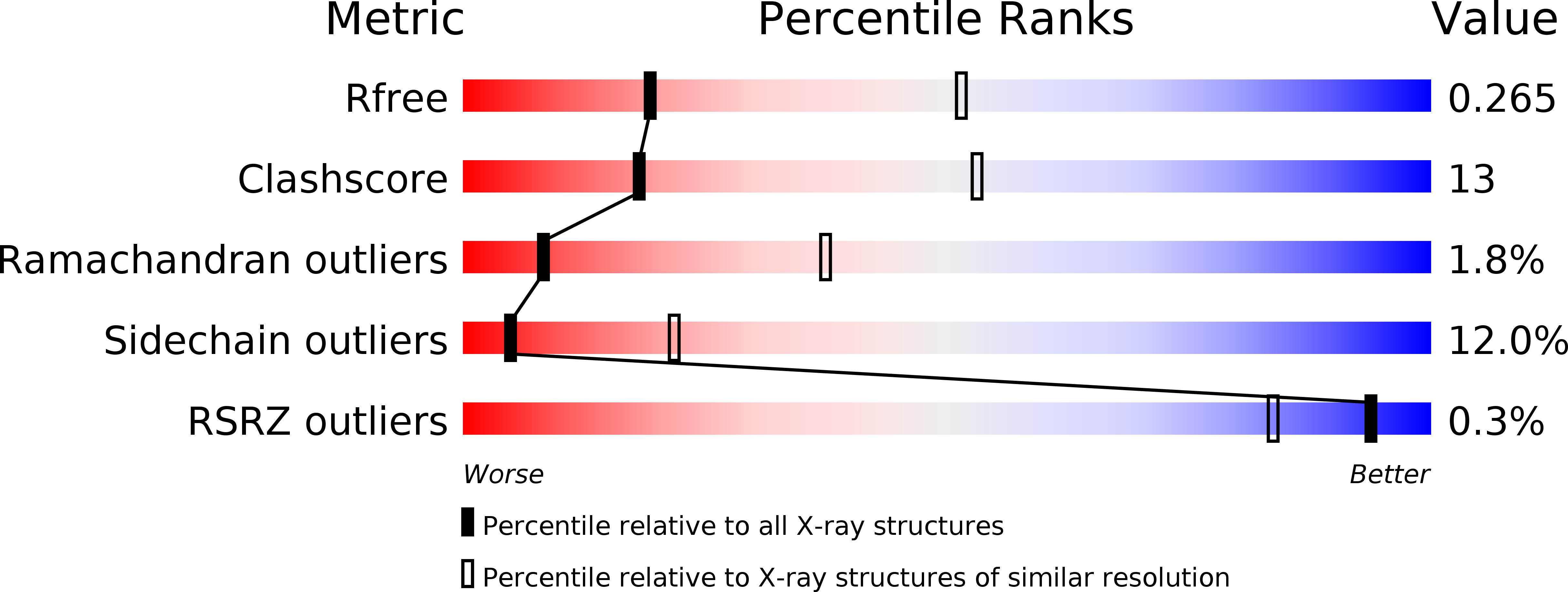
Deposition Date
2011-05-16
Release Date
2012-02-01
Last Version Date
2023-09-13
Entry Detail
PDB ID:
3S2C
Keywords:
Title:
Structure of the thermostable GH51 alpha-L-arabinofuranosidase from Thermotoga petrophila RKU-1
Biological Source:
Source Organism:
Thermotoga petrophila (Taxon ID: 390874)
Host Organism:
Method Details:
Experimental Method:
Resolution:
3.00 Å
R-Value Free:
0.26
R-Value Work:
0.19
R-Value Observed:
0.19
Space Group:
P 1 21 1


